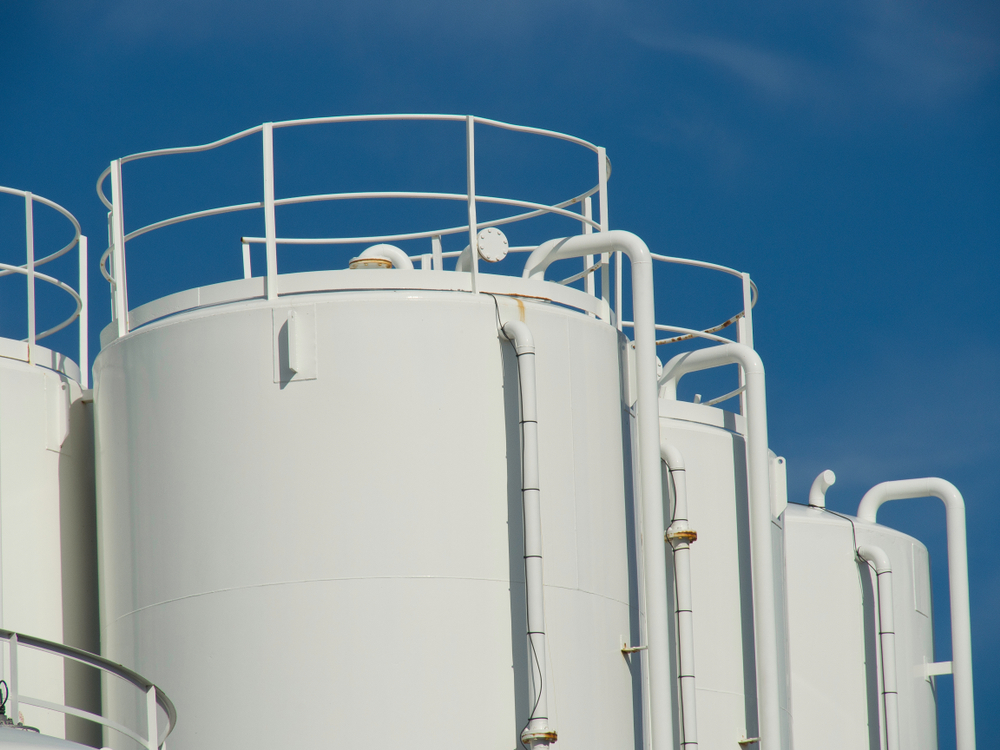3 min read
Denmark tightens security after Nord Stream pipelines damaged
By: Upstream Online on October 3, 2022 at 8:00 AM

No cause yet determined for apparent ruptures on three of four gas-export lines to Germany.
Offshore gas leaks and alleged ruptures on segments of the Nord Stream 1 and Nord Stream 2 pipelines this week have prompted Danish officials to step up emergency preparedness, surveillance and security for the country’s energy sector, a spokesperson for Denmark’s gas transmission operator Energinet told Upstream.
Two gas leaks are in the Danish economic zone portion of the routes for the pipelines which were built to carry gas from Russia to Germany, with the third leak in the Swedish zone.
Danish Armed Forces released a video on Tuesday showing an area of turbulence on the sea surface one kilometre in diameter created by gas escaping at one of the incident sites.
Damage to the Nord Stream 2 line occurred about 25 kilometres southeast of the Danish island of Bornholm.
The apparent Nord Stream 1 ruptures are located next to each other, about 63 kilometres northeast of the island, according to Danish and Swedish maritime authorities.
Unprecedented destruction
“The destruction that occurred on the same day simultaneously on three strings of the offshore gas pipelines of the Nord Stream system is unprecedented,” the operator, Nord Stream AG, said in an emailed statement. “It is not yet possible to estimate the timing of the restoration of the gas transport infrastructure.”
The frigate Absalon and pollution-control vessel Gunnar Thorson were dispatched to carry out water monitoring while the leaks are being watched from a helicopter, the Danish Armed Forces said.
A seismograph on Bornholm recorded two spikes representing earth tremors followed by a continuous hissing waveform on Monday, according to German geological research centre GFZ, Reuters reported.
Nord Stream declined to comment on suggestions in some European media that the pipeline damage may have been an act of sabotage.
Meanwhile, Russian authorities have called for a prompt investigation into the alleged pipeline ruptures.
“We are talking about some damage of an unclear nature to the pipeline in Denmark’s economic zone,” Russian President Vladimir Putin’s spokesman Dmitry Peskov said from Moscow on Tuesday. “This is an issue related to the energy security of the entire continent.”
Peskov said all possible reasons for the damage to the pipelines “should not be ruled out and thus investigated”.
For an alternative to Russian gas supplies, Energinet and Poland’s gas transmission operator Gaz-System are preparing to start operations of the Baltic Pipe that will link Denmark and Poland with offshore gas fields in Norway this weekend.
The Baltic Pipe crosses the routes of Nord Stream 1 and Nord Stream 2, south-west of the island of Bornholm.
Sudden pressure drop
Nord Stream initially reported a sudden drop in pressure in one of Nord Stream 2’s two offshore lines, suggesting that the pressure in the idle 1200-kilometre pipeline fell to 7 bar from 105 bar.
The pipeline operator later released a statement that similar pressure declines had been detected at both of the Nord Stream 1 pipeline system’s twin lines.
Russian gas giant Gazprom had pumped an estimated 350 million cubic metres of gas into the two offshore strings of Nord Stream 2 in 2021 as it prepared to start operations, despite the lack of necessary permissions from German authorities and an independent verification of the pipeline’s safety.
German transmission operator Gascade, which receives gas from the Russian pipelines at the German town of Greifswald, on the Baltic coast, told Upstream that it cannot confirm “any pressure data from our side about assets that do not belong to our transmission system”.
Despite being technically complete in 2021, Nord Stream 2 never went into operation and was targeted by Western sanctions following the Russian invasion of Ukraine in February.
Meanwhile, Gazprom had been gradually reducing export flows to Germany via Nord Stream 1 over summer and fully halted shipments at the end of August.
The suspected rupture point for Nord Stream 2 is located on the segment of the pipeline built by two Russian pipelay vessels, the Akademik Chersky and Fortuna, in 2021, Danish authorities said.
Both vessels were upgraded in 2020 to handle the pipelay job after Swiss specialised contractor Allseas withdrew its vessels at the end of 2019 under threat of US sanctions against the project.
Pipeline construction work performed by Allseas is guaranteed by warranties, which differ per project, according to an Allseas spokesperson.
Nord Stream 2 technical executives said earlier that because of the lack of any booster compressor stations along the pipeline’s 1200-kilometre offshore route, the system experiences a significant misbalance of pressure at the start and the end of the line.
The extremely high pressure at the start is countered by pipes with thick walls.
However, the thickness of the pipe walls is gradually reduced in line with the drop in pressure as the pipeline approaches its onshore destination in Germany.
Source: Upstream Online
Related Posts
Shipping supply chains and global conflicts
Global shipping supply chains are facing significant disruptions due to the ongoing conflict in..
Russia repelled a mass attack by Ukraine's..
Russian forces fought off a mass attack by Ukrainian high-speed marine drones on a Russian naval..
War on the Black Sea Enters its Second Year
When Russia invaded Ukraine early on February 24, 2022, many predicted a short conflict. Russia..




